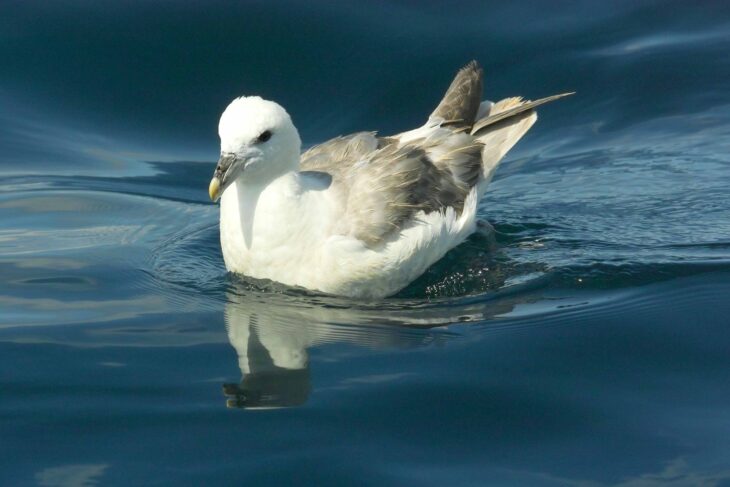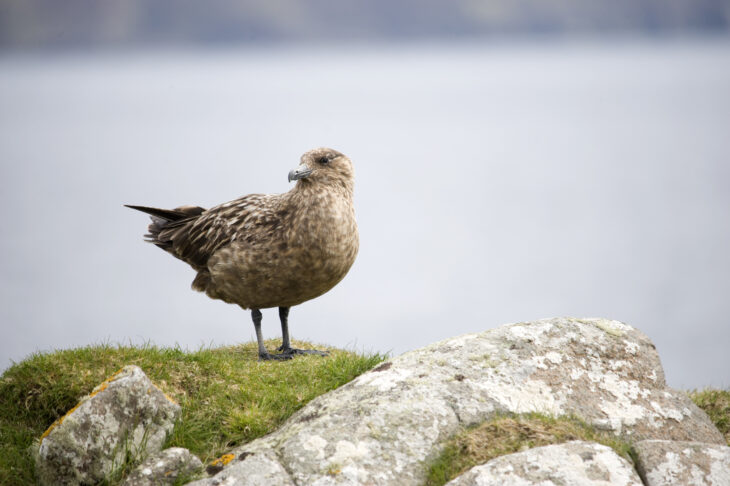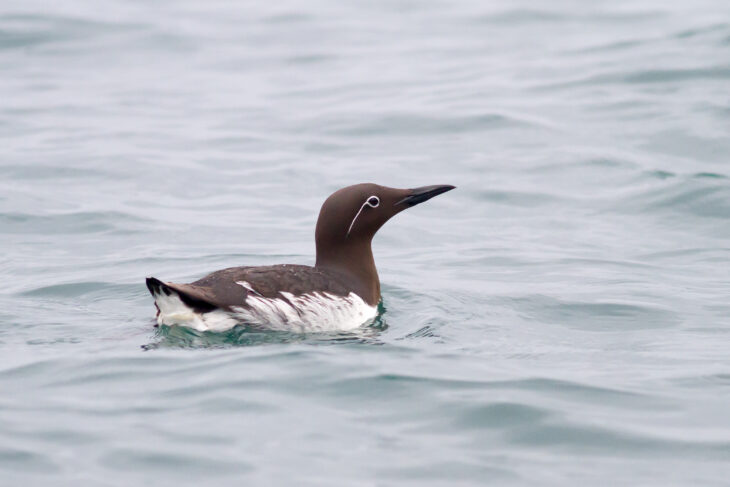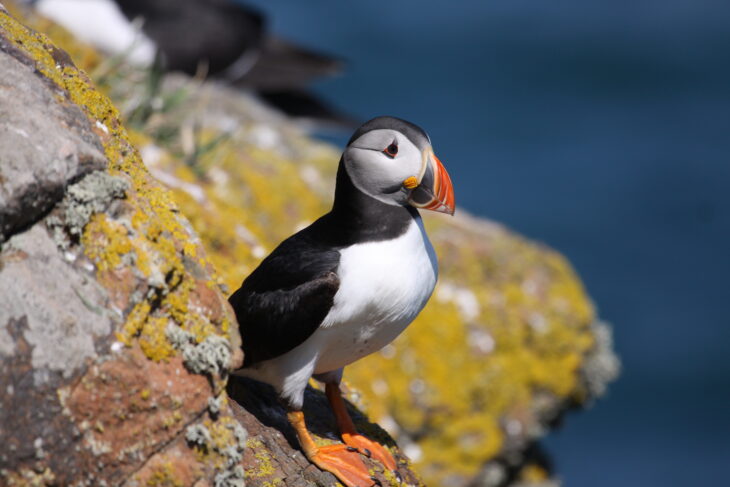Scotland has many internationally important colonies of sea and shorebirds. On estuary mudflats you may find oystercatchers or curlews searching for food in the mud. In the summertime, our cliffs are home to lots of seabirds, from guillemots to gannets to puffins. For example, we can spot 37 seabird species around Scotland’s coast, which make up more than 5 million birds! Some species can be seen throughout the year, but the best time of year for spotting them is in the spring and summer. This is because many of them migrate to Scotland to breed.
Click on the seabird species below to find out more about them…




Birdwatching can be a great mindfulness activity, as well as a way to start learning about the fascinating lives of birds. As you watch them, can you observe different behaviours? Such as searching for prey, watching out for predators, or socialising…
Download our seabird spotter sheet below and head to the coast!
What you will need:
- Printed activity sheet
- Pen/pencil
- Clipboard (optional)
- Binoculars (optional – why not make your own binoculars using our downloadable guide below)
How to spot beach birds:
- Head to the coast with your printed spotter sheet and see what birds you can find! If you can’t head outside, you could play some video footage instead.
- The key to this is to be as stealthy and quiet as you can – you don’t want to scare the birds away! If using binoculars, remind young people to stop walking before using them to avoid any falls.
- What types of birds can you see? If you spot one from the sheet, tick it off! If you don’t know what it is, note down some features, or take a photo, so that you can try to identify it later.
Did you spot one bird species more than others? Are there some you didn’t see? Why do you think that is – perhaps not the right time of year, bad weather, or not the right location?
Share your birdwatching experience with us by using #DiscoverLearnPlay
